Cómo hacer una estación de curado UV para impresoras 3D de resina
Whilst you can Buy UV Curing Stations, or UV Curing Chambers online they are very expensive. I just don’t have the money to spend what they cost! So instead I built my own and I’ll show you the steps in our How to Make a DIY UV Curing Station for Resin 3D Printers guide.
Ok, entonces si me sigues Facebook o Instagram you’ll see from my posts I love my 3D printer. After buying this, however, I was surprised (due to my over-excited lack of actual research) that the parts you print actually need to be fully cured post-print with UV light.
Así que cuando mi primera impresión salió del plato, estaba buscando algo que fuera suficiente. Afortunadamente, mi esposa tenía una estación de curado UV que estaba hecha para geles de uñas. Así que usé esto durante la primera semana hasta que murió.
Still unable to afford one of the retail options, I was looking at how to make a decent cure station. Many people will just stick a print in the sunlight, but living in the UK during the winter, we don’t get much sun. Even when we do it’s probably raining anyway.
There’s a lot to consider when curing resin, if you want to cure it properly without it becoming too brittle or warping you need to regulate temperature and light intensity. You also need to balance it across the surface. When I was making base toppers for my miniatures and using my wife’s nail curing station thy started to curl from being left under the direct light.
Whilst you can’t really regulate temperature with a DIY Curing Chamber, you can easily keep the part rotating to get more even coverage.
How to make a DIY UV Curing Chamber – Parts
If you have a Resin printer, I’ll just assume you have plenty of Isopropanol for rinsing the parts and Nitrile gloves for handling uncured resin. Not that you need them for making this. I just didn’t realise how many gloves or how much Isopropanol I’d need for resin printing. so if you rea reading this before getting a printer, let me just say you need this stuff. Lots of it.
Let’s have a look at what you need to make a cure station
Lata de pintura vacía
The reason I’ve picked a paint tin is becasue teh inside is already reflective. You will lose a lot of the UV’s power in reflected light but it’s still better to have some than none. Some people have gone as far as lining the inside with Aluminium tape to increase the reflectivity of the surface. For the amount of UV light that would reflect over the normal lining of a tin, I just couldn’t see it was worth the effort. But go ahead and do that if you want.
En cuanto al tamaño, desea una lata de pintura de 5 litros (1 galón). Intenté con una lata más pequeña de 2.5L, pero era demasiado pequeña para la mayoría de las piezas impresas más grandes.
Tira de luz LED UV
For this guide, I used a 5M LED Light strip, pretty much the cheapest I could find for 5m. You can get 10M and double up for more intense light. But I’ve found 5M is just fine.
Expositor giratorio
Me gustan estos para mostrar modelos cuando se completan. son realmente baratos cuando cazas. En realidad hay 3 variantes. Uno que funciona con luz. y uno que tiene la opción de agregar una batería. El que no tiene la opción de batería todavía tiene el compartimento, simplemente no hay conexiones para que la batería se conecte.
If you get the super cheaper one, this probably doesn’t have the battery, probably. this doesn’t mean the more expensive one will let you add a battery. Anyway, I got the cheap one because the UV lights will power it anyway.
UV Seguridad de la protección Vasos
You’re working with UV Lights, protect your eyes.
Taladro (opcional)
Depending on how you follow the steps ahead you may want to use a drill so that the power lead comes out of the bottom of the tin. You can have it coming out of the top if you want to do it the easy way but you won’t be able to close the lid flush. I drilled a hole for the lead becasue the DIY Cring Chamber looked neater as a finished item.
Tu llamada.
You’ll need to measure the diameter of your power cable. I used a 12mm flat wood drill bit for mine.
Cómo hacer una cámara de curado UV para bricolaje
Step 1 – Assemble Components
Directamente, solo prepare todo, necesita su lata de pintura vacía, taladro y tira de LED UV.
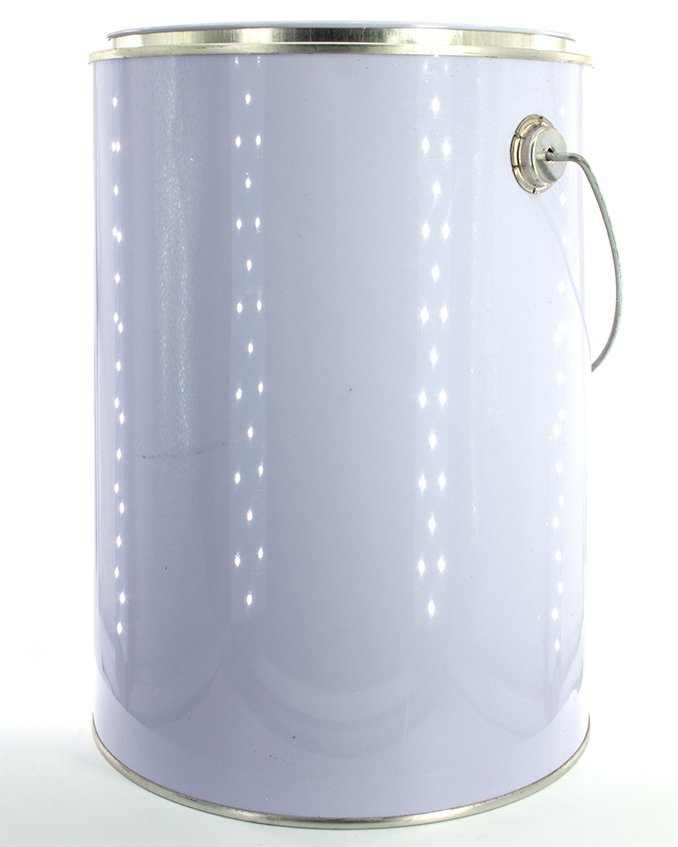
Step 2 – Drill a hole
You can skip this step and just have the power lead coming out of the top. but again the lid won’t sit flush and this just looks neater.
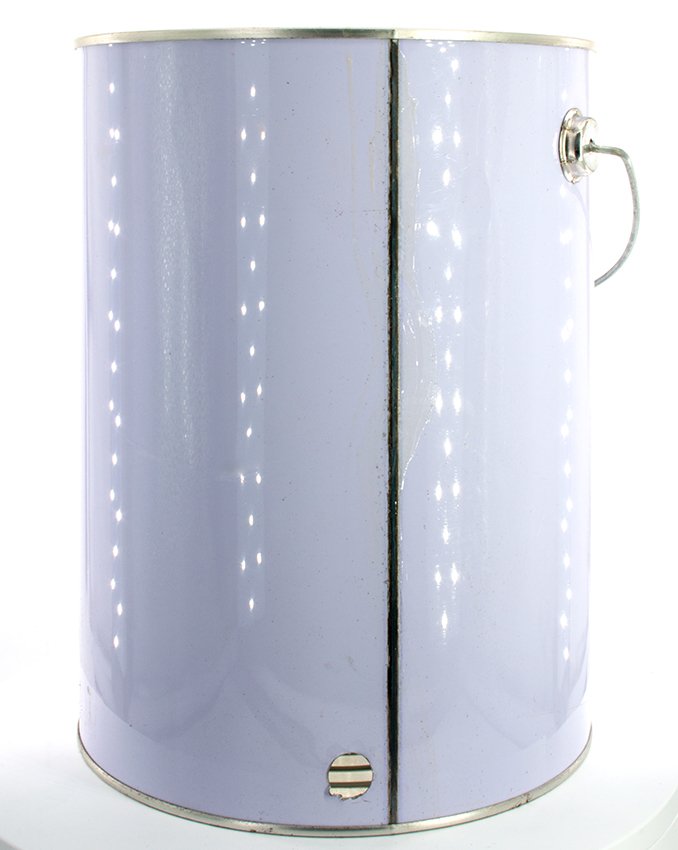
Go careful when doing this, these are really brittle tins and the drill can send shards flying everywhere. Go slow and steady, don’t push, just let the drill score the tin until it punches through.
Step 3 – Test Your LED Strip
I’ve seen a few people online mention how flimsy these Cheap LED strips can be. take a minute to make sure it works before your next step.
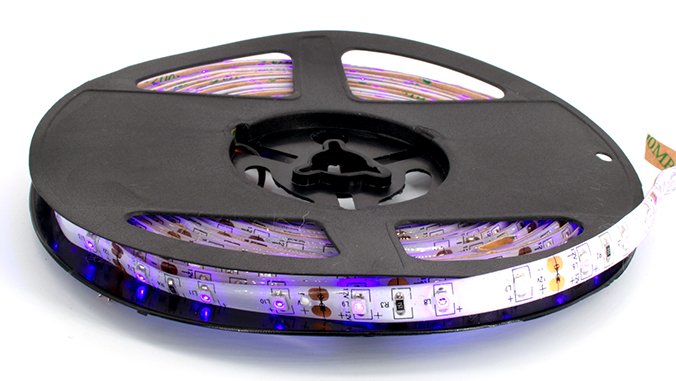
Step 4 – Measure the Tin & LED Strip
Depending what size tin you got you may need to get maths involved so you can evenly space the Led strip around the inside. Thankfully for me, I remembered some maths. thankfully for you, if you get the paint Tin size I recommended I’ve done the spacing here for you.
Para calcular el espaciado uniforme, necesitaba saber aproximadamente cuántas veces podría envolver una tira de LED de 5 m alrededor de la circunferencia de esta lata pintada.
Bueno, todos saben C = πD (¿verdad?)
Siempre puede evitar las matemáticas y usar una cinta métrica de sastre envuelta alrededor de la lata.
Entonces tengo un diámetro de estaño de 17.5cm. 17.5 x π = 54.98cm (let’s say 55cm)
La longitud de la tira de LED UV es de 500 cm. Entonces 500/55 es 9.1. entonces puedo envolver esto alrededor del interior de la lata 9 veces.
La altura de la lata es de 22.5cm. 22.5 / 9 es 2.5cm. Más o menos una pulgada
¡Hola genial, tengo una regla de una pulgada!
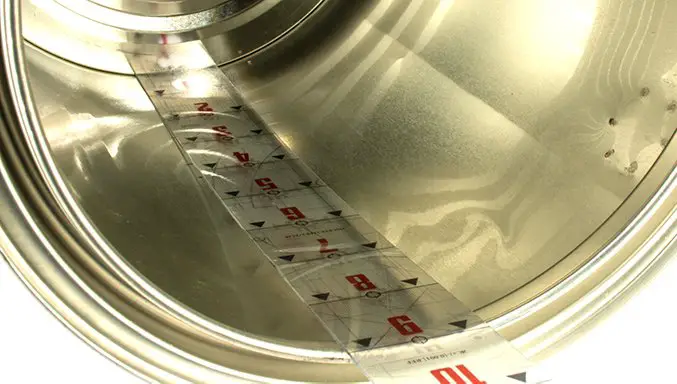
Step 5 – Mark the Tin
Con un rotulador, dibuje las líneas espaciadas uniformemente en el interior de su lata. Esta es una guía a seguir en el siguiente paso
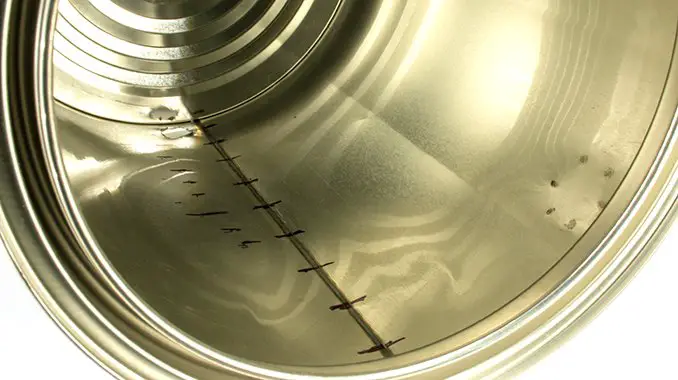
Step 6 – Stick in The LED Strip
Pase el cable de alimentación a través del orificio en el fondo de la lata. Luego, comenzando desde la parte inferior, pegue la tira Led alrededor del interior de la lata. Intente seguir sus pautas lo mejor que pueda en cada rotación completa para mantenerlas espaciadas uniformemente.
I left a little bit of LED sticking out of my tin near the power hole so I could see from the outside when it was on. It’s just enough so that when I flick the lights off in my office I can see it glowing, reminding me to actually turn it off.
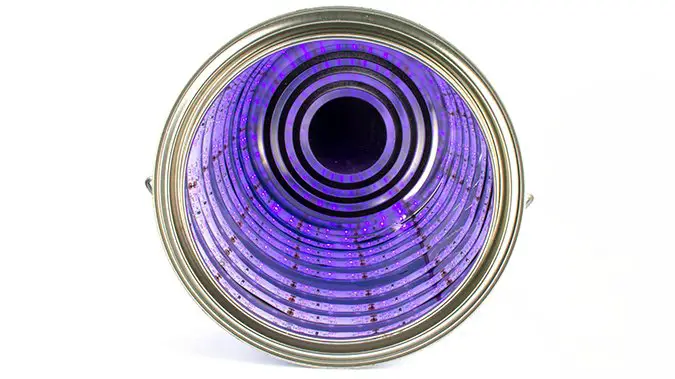
When you are done you shouldn’ have any need to trim the LED strip as it should be a perfect fit. Assuming you measured correctly or got the bits we suggested above. any excess can just be doubled up a bit toward the top.
Step 7 – Add the Solar Powered Display Turntable
Pégalo con papel de doble cara si quieres, pero lo acabo de colocar en la base de la lata para poder reemplazarlo si es necesario.
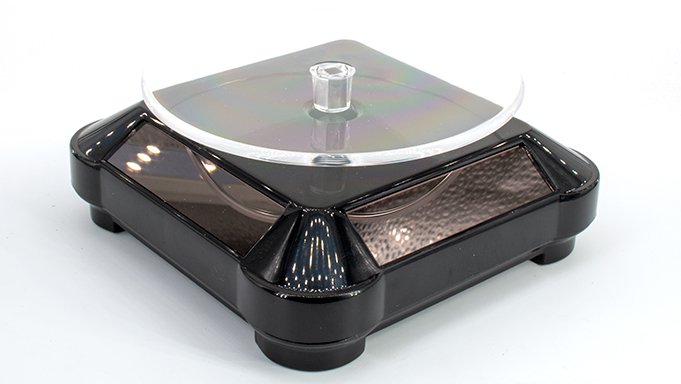
A algunas personas les gusta recubrir el plato giratorio con cinta de aluminio o papel de aluminio. En mi experiencia, puede terminar con un poco de filtración de resina de su modelo y comenzará a decolorar la lámina y arrancarla.
How to make a DIY UV Curing Box – Complete
And that’s it. Once you have rinsed off your resin Model in Isopropanol and let it evaporate. just place it on top of the turntable and plug it in. The UV lights will power the turntable to keep it spinning.
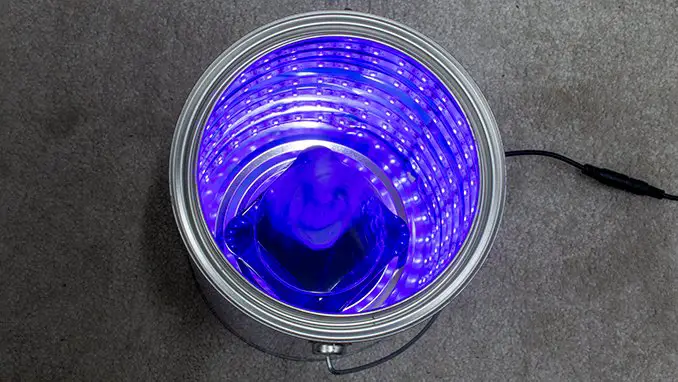
These LED strips are really low power so I tend to leave my parts in for anything up to an hour, then flip them over and do an hour on the other side. As I’m writing this I’ve just remembered I’ve left a part curing for the last 4 hours becasue I forgot about it!
I just checked it, it’s fine, fully cured and no warping.
Que pensaste de esto Tutorial? Por favor, háganos saber en los comentarios.
If you like what we’re doing here you could really help encourage more content with a share on any social media platform.
Haga clic en los enlaces para compartir en la parte inferior de esta pantalla (o en la izquierda para computadoras y tabletas)
¿Quieres mantenerte actualizado con el blog? Puede suscribirse en la barra lateral para RSS o por correo electrónico a continuación
(La barra lateral está debajo del artículo sobre dispositivos móviles)
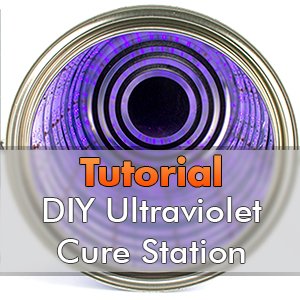


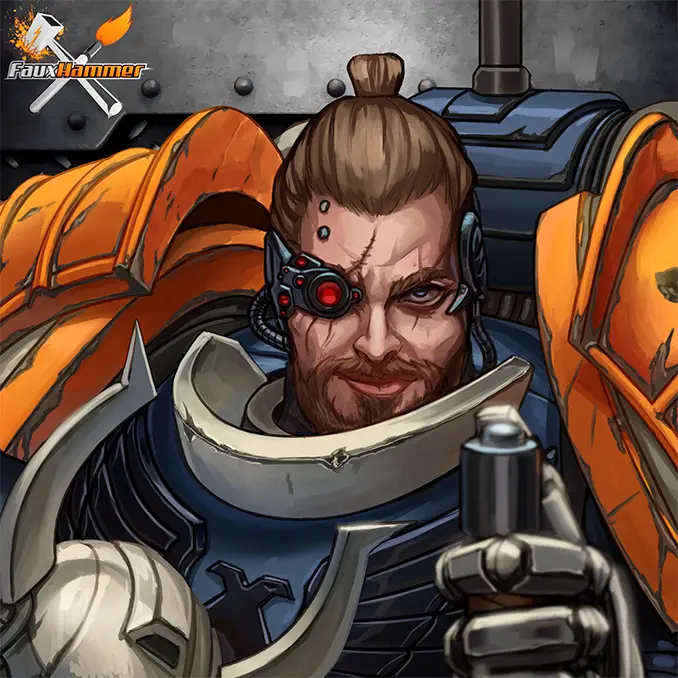
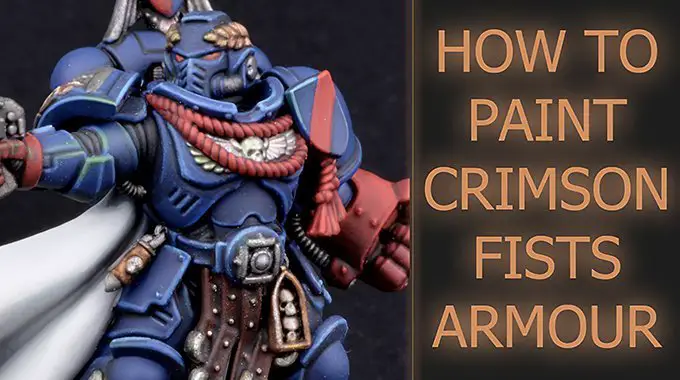
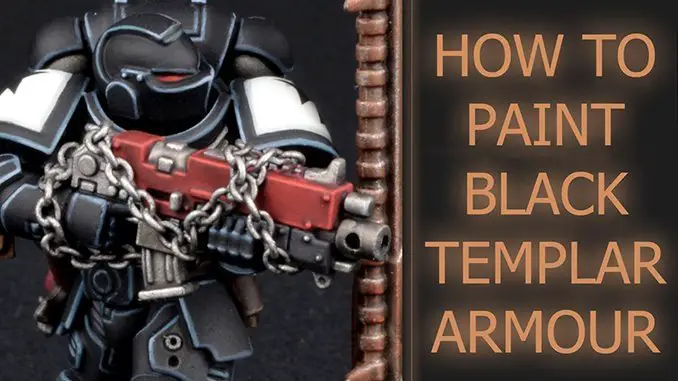
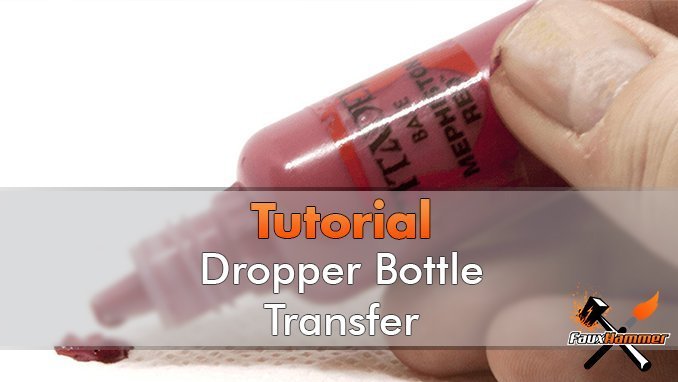
Why you need rotating stand when lights are wound all around symmetrically? Also if one creates platform made of transparent plastic few inches above the bottom turning part over should not be needed either since it will be lit from the bottom as well